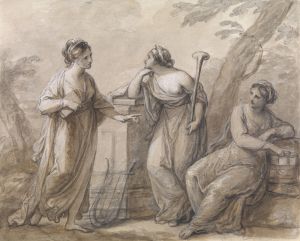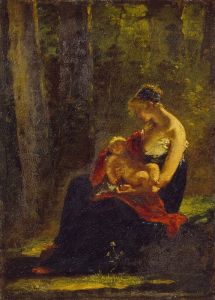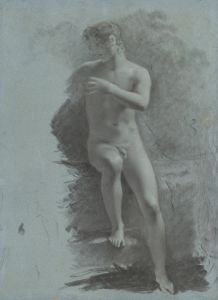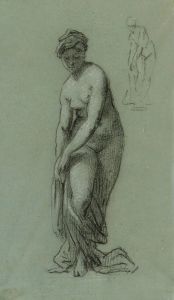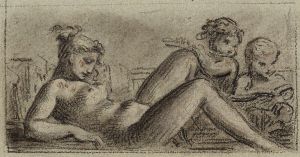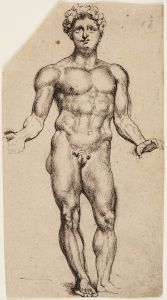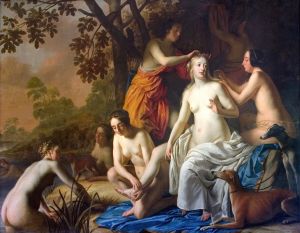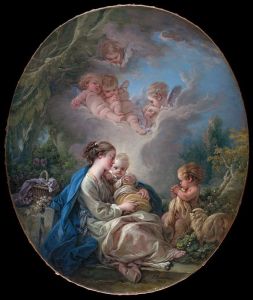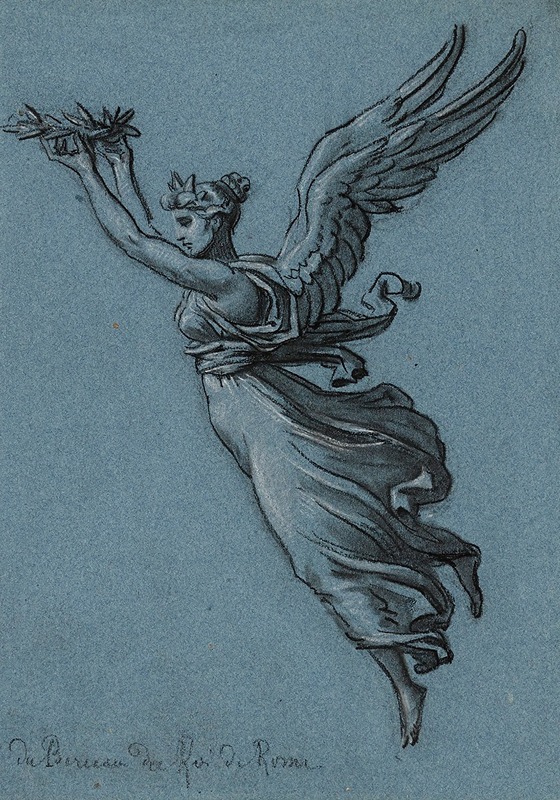
La gloire planant sur le monde
A hand-painted replica of Pierre-Paul Prud'hon’s masterpiece La gloire planant sur le monde, meticulously crafted by professional artists to capture the true essence of the original. Each piece is created with museum-quality canvas and rare mineral pigments, carefully painted by experienced artists with delicate brushstrokes and rich, layered colors to perfectly recreate the texture of the original artwork. Unlike machine-printed reproductions, this hand-painted version brings the painting to life, infused with the artist’s emotions and skill in every stroke. Whether for personal collection or home decoration, it instantly elevates the artistic atmosphere of any space.
Pierre-Paul Prud'hon was a French Romantic painter and draughtsman, renowned for his allegorical works and portraits. One of his notable works is "La gloire planant sur le monde," which translates to "Glory Hovering Over the World." This painting exemplifies Prud'hon's skill in combining classical themes with a romantic sensibility, a hallmark of his artistic style.
Prud'hon was born on April 4, 1758, in Cluny, France. He studied in Dijon and later in Paris, where he was influenced by the neoclassical style that dominated the art scene at the time. However, Prud'hon developed a unique style that blended neoclassical precision with a softer, more emotional approach, which would later be recognized as part of the Romantic movement.
"La gloire planant sur le monde" is an allegorical painting that reflects Prud'hon's interest in themes of glory, virtue, and the human condition. Allegorical paintings were popular during Prud'hon's time, as they allowed artists to convey complex ideas and ideals through symbolic figures and compositions. In this painting, Prud'hon likely intended to depict the concept of glory as a benevolent force overseeing the world, a common theme in allegorical works of the period.
Prud'hon's technique in this painting, as in many of his works, is characterized by a delicate use of light and shadow, creating a sense of depth and atmosphere. His figures are often depicted with a softness and grace that evoke a sense of tranquility and introspection. This approach sets Prud'hon apart from his contemporaries, who often favored more rigid and dramatic compositions.
The painting's composition is carefully balanced, with the central figure of Glory depicted as an ethereal presence, possibly surrounded by other symbolic elements that reinforce the theme of the painting. Prud'hon's use of color is subtle yet effective, with a palette that enhances the dreamlike quality of the scene.
Prud'hon's work was well-received during his lifetime, and he enjoyed the patronage of influential figures, including Napoleon Bonaparte and Empress Joséphine. His ability to capture the nuances of human emotion and his mastery of allegorical themes earned him a respected place in the art world of his time.
"La gloire planant sur le monde" is a testament to Prud'hon's artistic vision and his ability to convey complex ideas through his art. While specific details about the painting's creation and its current location may not be widely documented, its significance lies in its representation of Prud'hon's unique style and his contribution to the Romantic movement.
Prud'hon's legacy continues to be appreciated by art historians and enthusiasts who recognize his role in bridging the gap between neoclassicism and romanticism. His works, including "La gloire planant sur le monde," remain subjects of study and admiration for their technical skill and emotional depth.






